How to Stop Impulse Buying and Save Money
Learn how to stop impulse buying and save money with the “one in, one out” rule. A complete guide to mindful consumption and a clutter-free life.
The “One In, One Out” Rule: The Simple Secret to a Clutter-Free Life and a Healthier Bank Account
There’s a quiet tyranny that comes with owning too much stuff. It’s the visual noise of a cluttered countertop, the stress of a wardrobe packed with unworn clothes, and the subtle but constant feeling that your home is working against you rather than for you. As a passionate advocate for intentional living in compact spaces at Neat Tiny Home, I’ve spent years exploring the intersection of our possessions and our well-being. I’ve discovered that the path to a calmer, more serene life isn’t just about a massive, one-time decluttering session. It’s about changing the habits that caused the clutter in the first place. It’s about building a sustainable system for the long term.
This guide is dedicated to what I believe is the single most powerful habit you can adopt to maintain a clutter-free home forever: the “One In, One Out” rule. This beautifully simple principle is the ultimate tool for anyone wondering how to stop impulse buying and save money. We’re going to dive deep into the psychology behind this rule and why it’s so effective. I’ll provide a step-by-step framework for implementing it, explore how it naturally leads to mindful consumption, and even show you how to apply its logic to other areas of your life. My mission is to show you how this one small change can act as a powerful gatekeeper for your home, your wallet, and your peace of mind, leading you to a life that is not just tidier, but richer in what truly matters.
The Clutter Cycle: Why Our Homes Fill Up and Our Wallets Empty Out
Before we can fully appreciate the elegance of the “One In, One Out” solution, we must first be honest about the problem. Clutter doesn’t just magically appear. It’s the physical manifestation of thousands of small, often mindless, decisions. We live in a culture that bombards us with messages to consume. We are told that the next purchase will be the one to make us happier, more organized, or more stylish. This leads to a cycle of acquisition fueled by impulse, boredom, or the desire for a quick emotional boost. The result? Our homes become storage units for things we don’t use, and our financial goals are pushed further into the future. Understanding this cycle is the first step in learning how to stop impulse buying and save money.
The Psychology of the Impulse Buy: Chasing the Dopamine Hit
An impulse purchase is rarely about the item itself. It’s about the feeling we get when we buy it. As explained by consumer psychologists and detailed in articles from publications like Psychology Today, the act of buying something new can release a rush of dopamine in our brains, a neurotransmitter associated with pleasure and reward. It’s a temporary high. The problem is that this feeling is fleeting. The novelty wears off, the item gets absorbed into the clutter of our homes, and we’re left looking for the next purchase to replicate that feeling. This is the treadmill of consumerism. Recognizing that you’re often chasing a feeling, not a thing, is a revolutionary insight. It allows you to find healthier, more sustainable ways to achieve that same sense of satisfaction.
The Golden Rule Explained: The Simple Mechanics of “One In, One Out”
So, what exactly is this magical rule? It’s almost deceptively simple. For every new, non-consumable item you bring into your home, a similar, existing item must leave. That’s it. It’s a strict but fair policy that turns your home from a passive holding pen into an actively curated space. It’s not a rule of deprivation; it’s a rule of balance. It doesn’t say “you can’t have new things.” It simply says, “if you want to bring something new in, you must create space for it by letting something old go.”
How It Works in Practice: Category by Category
- Clothing: You buy a new sweater. Before you even put it in your closet, you must choose an old sweater to donate or sell.
- Books: You bring home a new novel. An old book you’ll never read again gets passed on to a friend or a local Little Free Library.
- Kitchen Gadgets: That shiny new air fryer wants a spot on your counter. The old, dusty deep fryer it’s replacing has to go.
- Coffee Mugs: You couldn’t resist that cute mug from your vacation. It can join the collection, but another mug has to leave the cabinet.
The beauty of this system is its direct, one-to-one correspondence. It forces an immediate and tangible consequence for every act of acquisition, which is the secret to its power and the first practical step in learning how to stop impulse buying and save money.
| Benefit of the Rule | Psychological Shift | Practical Outcome |
|---|---|---|
| Clutter Prevention | Forces you to maintain a steady state of “stuff.” | Your home never gets more cluttered than it is today. |
| Encourages Mindful Consumption | Shifts you from a passive consumer to an active curator. | You buy fewer, better things that you truly love. |
| Constant Upgrading | You’re always evaluating if a new item is better than what you have. | The overall quality of your belongings improves over time. |
| Saves Money | The “cost” of getting rid of something makes you pause. | You avoid impulse purchases and have more money for your goals. |
The Real Magic: How “One In, One Out” Rewires Your Brain
The true genius of this rule is not its effect on your home, but its effect on your mind. It’s a powerful tool for behavioral change that fundamentally rewires your relationship with shopping and possessions. It inserts a crucial moment of friction into the otherwise seamless process of impulse buying. It forces you to stop and think, which is the mortal enemy of a mindless purchase. This is the deepest secret of how to stop impulse buying and save money: you learn to value what you already have more than what you could potentially acquire.
From Passive Consumer to Active Curator
Without this rule, your home is a passive receptacle for anything you decide to bring into it. With the rule, you become an active, intentional curator. You are the gatekeeper. When you’re standing in a store, holding a potential new purchase, the question is no longer just, “Do I want this?” The question becomes, “Do I want this *more* than something I already own? Am I willing to go home, find my least favorite sweater, and get rid of it to make room for this new one?” More often than not, the answer is no. The new item suddenly seems less appealing when it comes with a “cost” of having to make a decision and let something else go. This deliberate consideration is the essence of mindful consumption. For more on this mindset, I highly recommend the work of Joshua Becker at Becoming Minimalist.
Your Step-by-Step Guide to Implementing the “One In, One Out” Rule
Like any new habit, implementing this rule takes a bit of structure at first. Here is a practical, step-by-step guide to seamlessly integrating this principle into your life.
Step 1: Start with a Baseline Declutter (Optional but Recommended)
The “One In, One Out” rule is designed to maintain your home’s current level of clutter. It prevents things from getting worse. But if you’re already feeling overwhelmed, it’s a good idea to start with a baseline declutter. You don’t have to declutter your entire house, but tackling one or two problem areas (like your closet or your kitchen) will give you a clean slate and make the rule feel even more powerful. For a great, structured approach, you could try a 30-day declutter challenge.
Step 2: Establish a Permanent “Outbox”
Designate one permanent spot in your home for the “out” items. This could be a basket in your closet, a specific shelf in your garage, or a reusable bag hanging on a doorknob. When you bring a new item home, the corresponding “out” item goes directly into this box. This is crucial because it makes the act of letting go tangible and immediate. Once the outbox is full, your only task is to take it to your local donation center. This system prevents the “out” items from becoming another form of clutter. For great tips on building new habits, I often refer to the work of James Clear, author of “Atomic Habits,” whose blog is a fantastic resource, which you can find at jamesclear.com.
The Financial Windfall: A Practical Guide on How to Stop Impulse Buying and Save Money
Now, let’s talk about the incredible side effect of this rule: you will save a significant amount of money. Every time the “One In, One Out” rule stops you from making an unnecessary purchase, you are actively choosing to keep your money. This is a practical, real-world strategy for anyone serious about how to stop impulse buying and save money. The savings can be redirected toward things that truly add value to your life, like paying off debt, saving for a vacation, or investing in your future.
The Power of a “Shopping Ban” or “No-Spend Challenge”
To supercharge your savings and reset your habits, consider implementing a temporary shopping ban. This could be for a week, a month, or even longer. A no-spend challenge, where you only purchase absolute essentials like groceries and gas, is an incredible tool for revealing your spending triggers. You’ll quickly see how often you shop out of boredom, stress, or habit. This period of abstinence makes the “One In, One Out” rule even easier to follow when you do start shopping again, as you’ll be much more mindful of your purchases. Reputable financial advice websites like NerdWallet often have great articles on planning a successful no-spend challenge.
The “One In, One Out” rule is more than just a decluttering hack; it’s a philosophy for a more intentional life. It’s a simple, powerful tool that puts you back in the driver’s seat, allowing you to curate a home and a life that is a true reflection of your values, not just an accumulation of your impulses.
Frequently Asked Questions (FAQ)
What about gifts? Does the rule apply to them?
This is a tricky one. My personal rule is this: a gift is a gesture of love, and the “transaction” is complete once you have graciously received it. You are not obligated to give the item a permanent home. If you receive a new sweater as a gift, and you love it more than an old one, then yes, the old one goes into the outbox. If you receive a gift that you know you will never use, you can graciously thank the giver and then, at a later time, place the new, unused item directly into your outbox without guilt. You are honoring the gesture, not the object.
This seems really hard for things like books or decor. What if I don’t want to get rid of any of my current ones?
That’s the magic of the rule! If you look at a new book and think, “I’m not willing to get rid of any of my current books to make space for this one,” then that is a powerful signal that you don’t actually need or want the new book that badly. It forces you to appreciate the value of your existing collection. It raises the bar for what you allow into your home. The rule isn’t forcing you to get rid of things; it’s forcing you to be more selective about what you bring in.
How does this rule work for a growing family, like with kids’ clothes?
You can adapt it! The rule can be “one size in, one size out.” When your child grows into the next size of clothing, you can pack up the entire previous size and donate or store it. For toys, the rule is even more powerful. “You want that new Lego set? No problem. We need to choose one of your old Lego sets that you don’t play with anymore to donate so another child can enjoy it.” This teaches children about mindful consumption and the value of their belongings from a very early age. For more on this, parenting and minimalist blogs like Becoming Minimalist have fantastic articles on this topic.
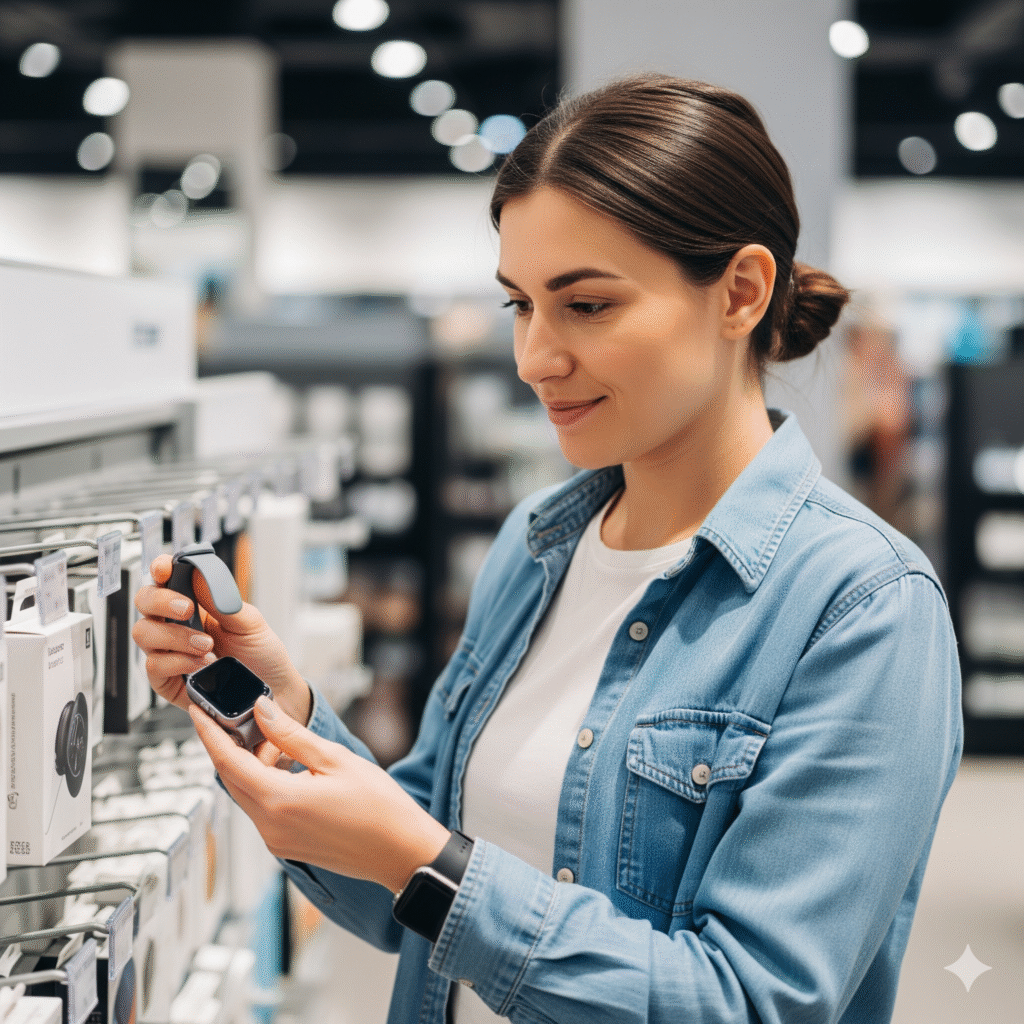
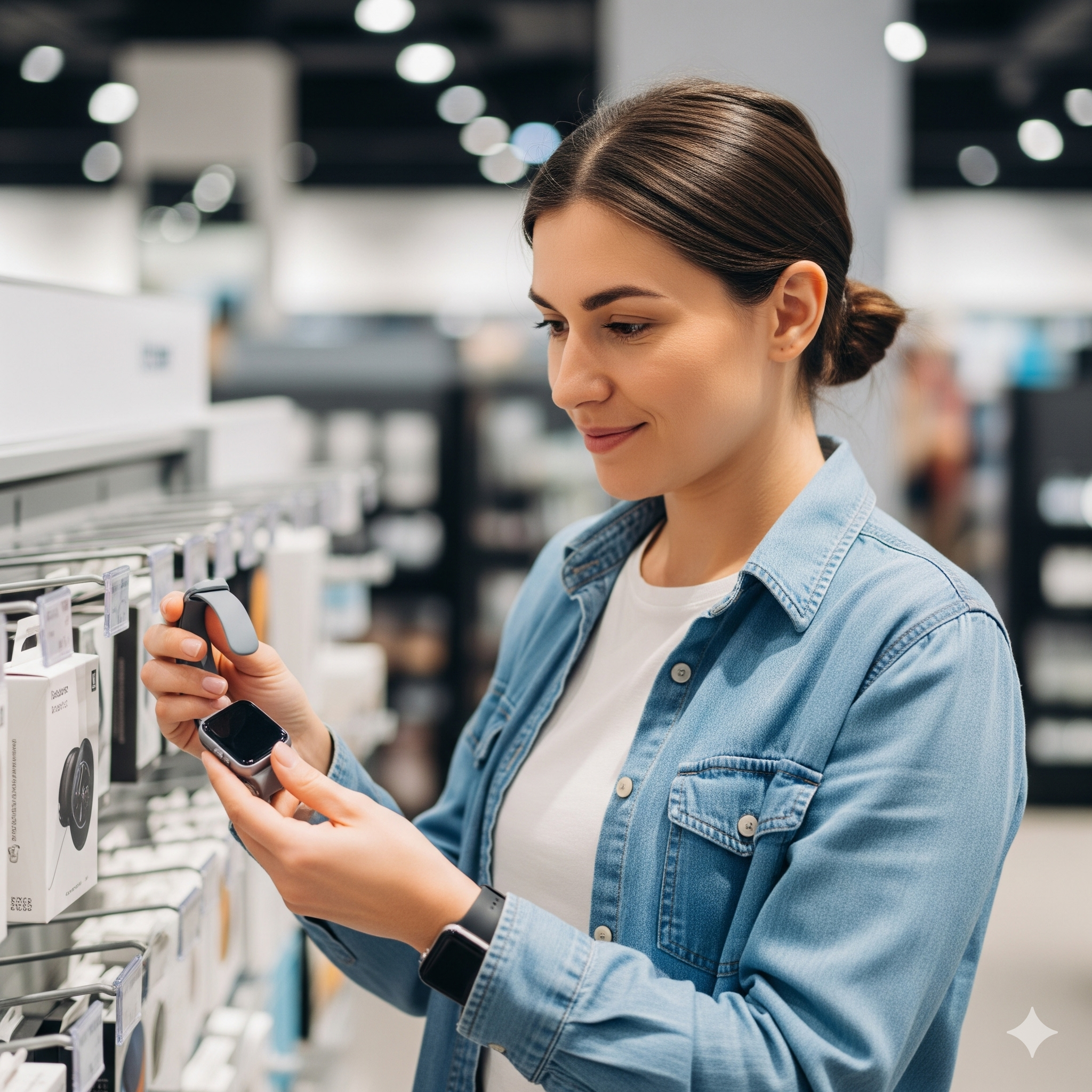
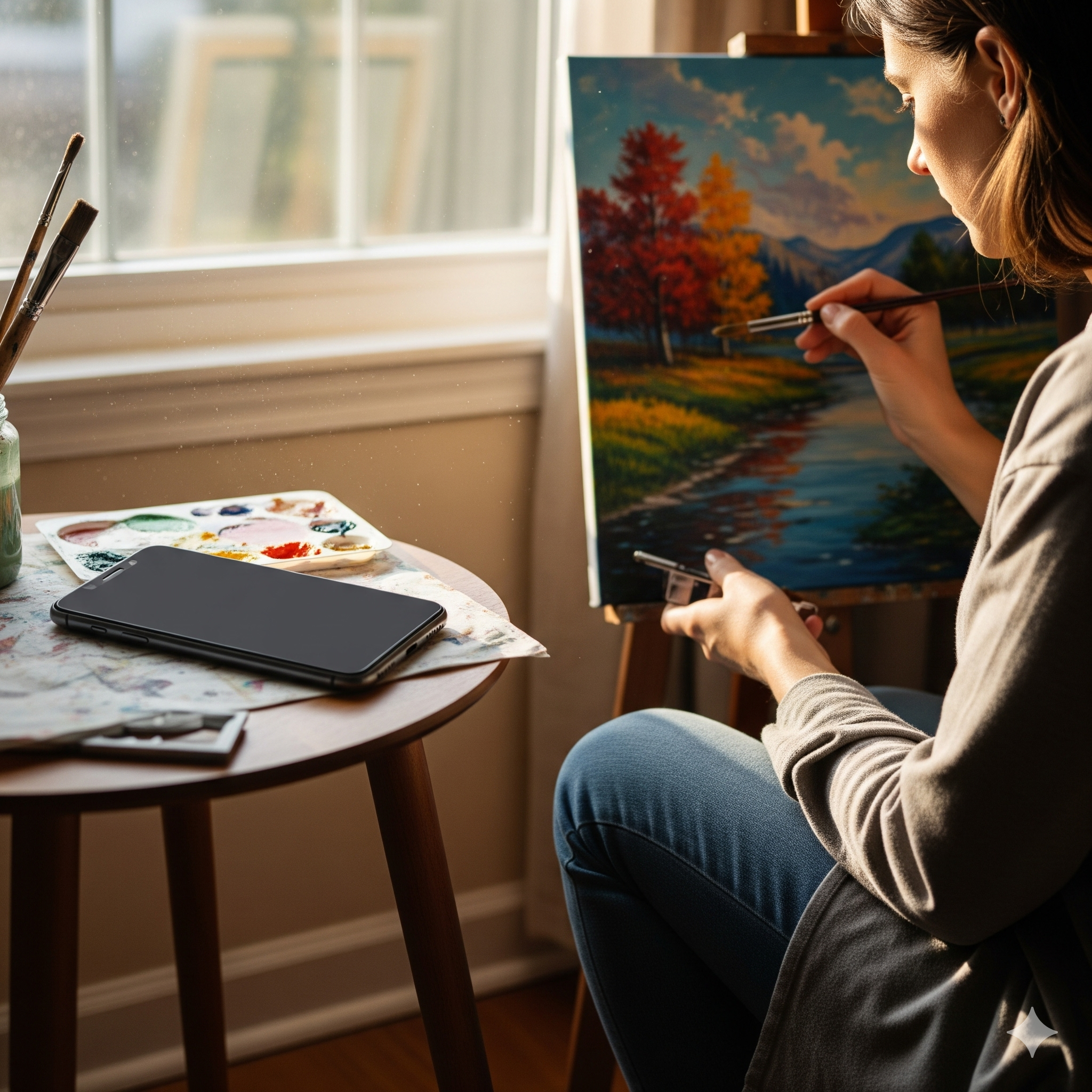
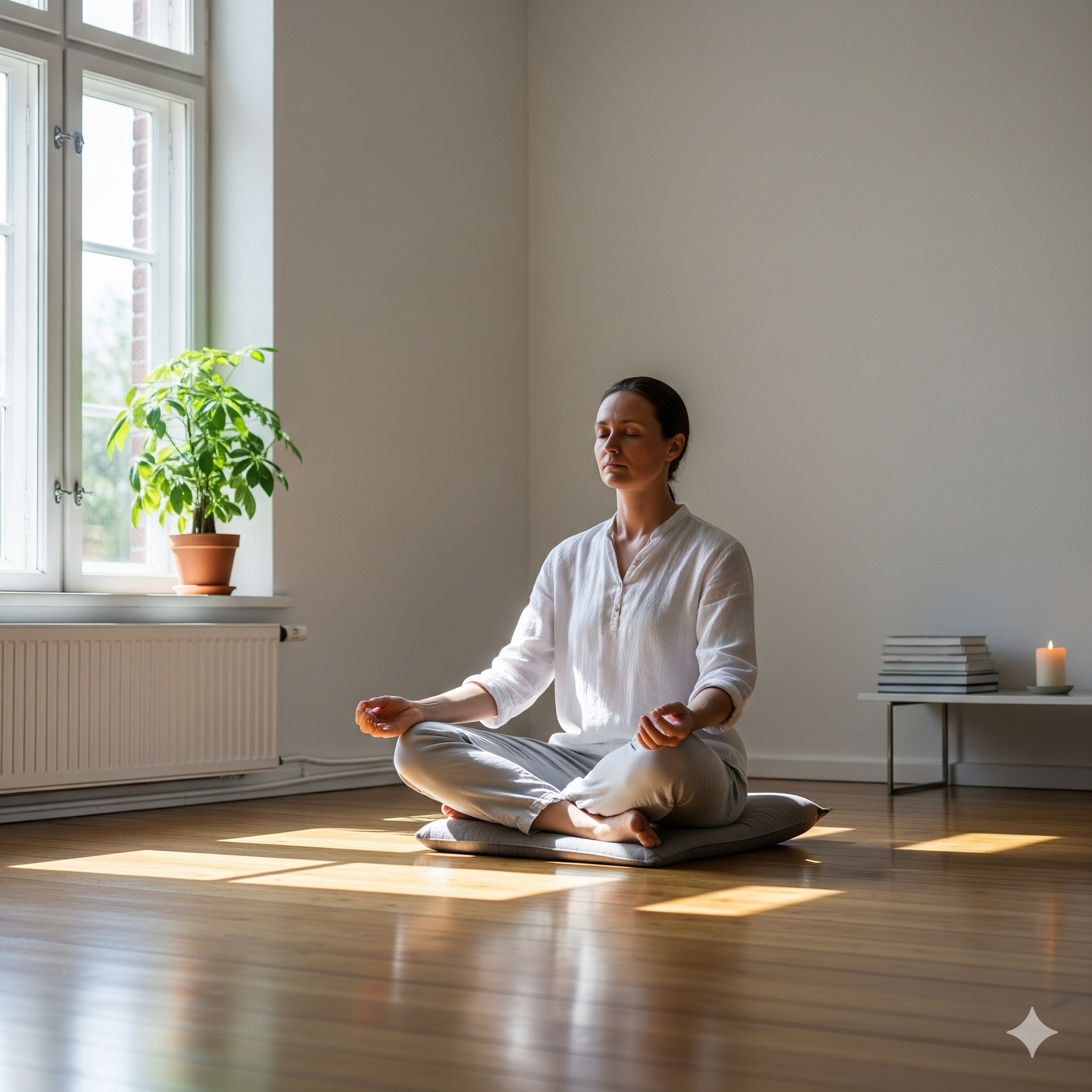
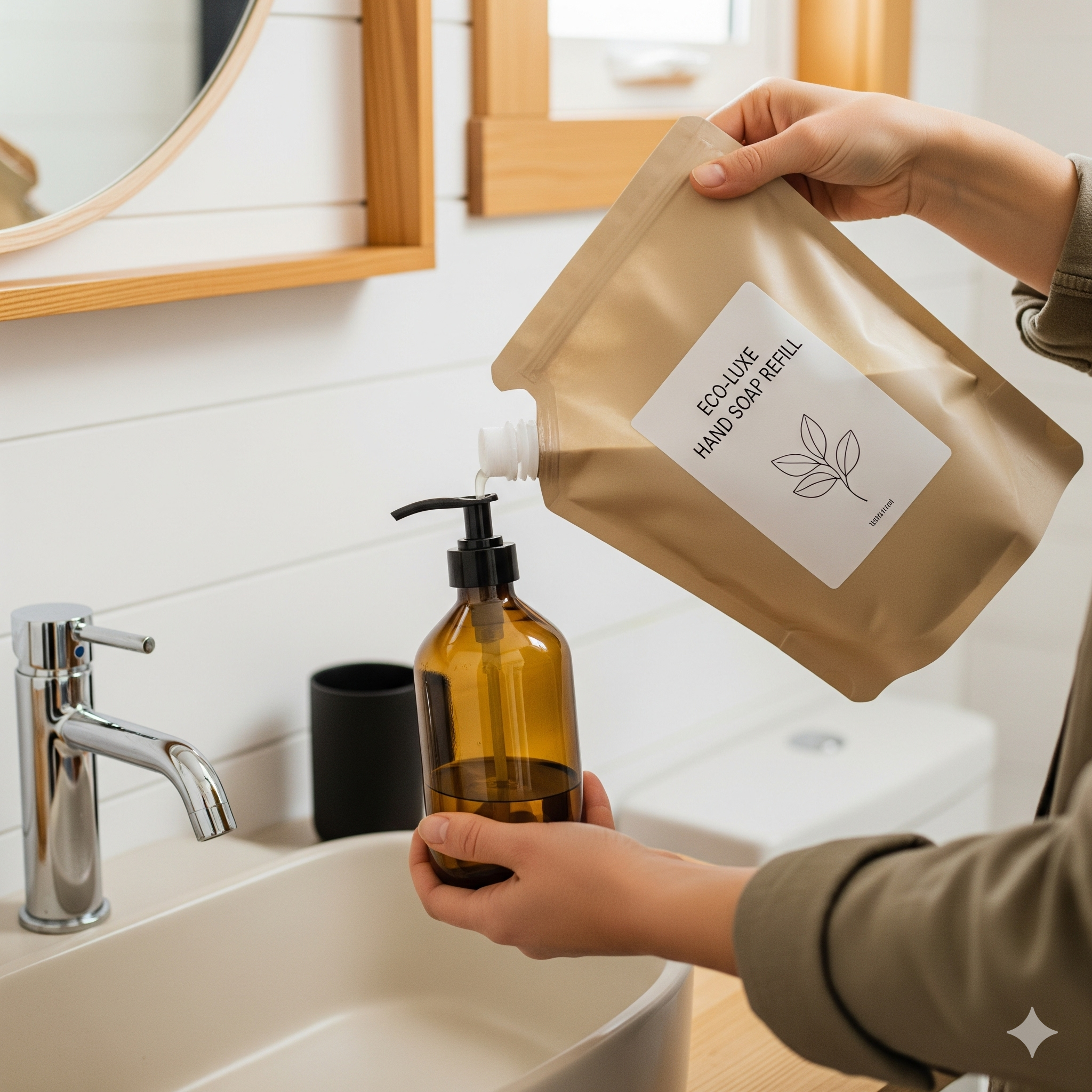
Post Comment